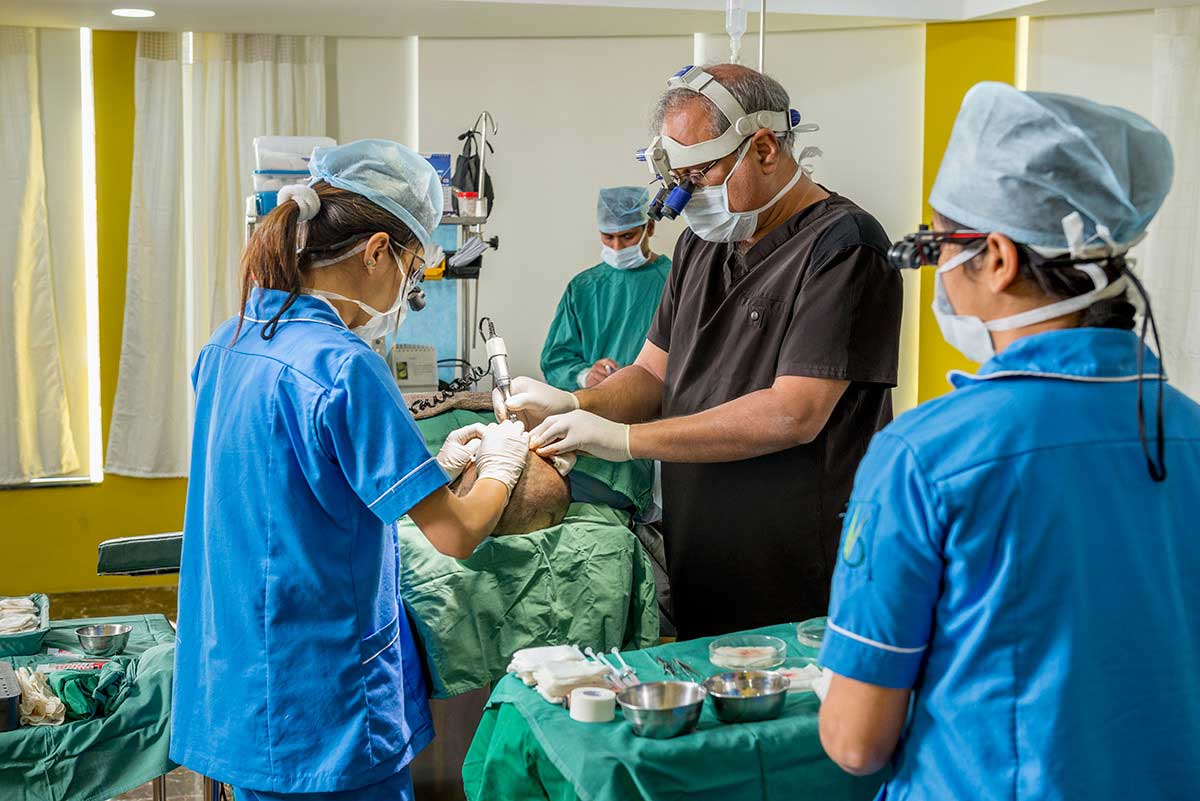Introduction: The Paradox of Permanence
Aging and deterioration are inherent aspects of human existence. Yet, paradoxically, many expect hair transplants to provide permanent results. While the procedure can offer lasting outcomes, it necessitates ongoing communication and adherence to post-operative guidance. Maintaining an open line of communication with your surgeon is essential for the longevity of your hair restoration.darlingbuds.com
1. The Crucial Role of Follow-Up Appointments CLICK to Watch!
1.1 Ensuring Optimal Outcomes
Post-operative follow-ups are critical to monitor healing, assess graft survival, and manage any complications. These sessions provide an opportunity to reinforce post-operative care instructions and address patient concerns. Regular monitoring allows for early detection of issues, facilitating prompt intervention and ensuring the best possible results.
1.2 Patient Education and Support
Follow-up appointments serve as a platform for patient education, reinforcing the importance of adherence to prescribed medications and lifestyle modifications. They also offer psychological support, addressing any anxieties or misconceptions the patient may have regarding the procedure and its outcomes.Dr Malay Mehta
2. Immediate Post-Operative Review: The Next-Day Evaluation
A physical examination the day after surgery is essential to assess graft integrity and donor site healing. This immediate review allows for the identification and management of any early complications, such as infection or excessive swelling. Prompt intervention at this stage can prevent long-term issues and set the foundation for successful hair restoration.
3. Adapting to Globalization and Telemedicine
3.1 Geographical Challenges
With patients traveling internationally for procedures, traditional in-person follow-ups may be impractical. The globalization of medical tourism has introduced logistical challenges in maintaining consistent post-operative care.
3.2 Embracing Technology
The COVID-19 pandemic has accelerated the acceptance of virtual consultations, allowing for effective remote monitoring. Telemedicine platforms enable surgeons to assess healing progress, address patient concerns, and adjust treatment plans as necessary, regardless of geographical barriers.
3.3 Structured Virtual Follow-Up Schedule
To ensure comprehensive care, a structured virtual follow-up schedule is recommended:
2 weeks
1 month
3 monthsEsteworld Turkey+8Cosmedica+8BlueMagic Hair Clinic+8
6 monthsBlueMagic Hair Clinic
1 year
These follow-ups are included in the treatment package, ensuring continuous care without additional financial burden.
4. Long-Term Management and Medication Adherence
4.1 Post-Transplant Hair Dynamics
While transplanted hairs are permanent, native hairs affected by androgenetic alopecia may continue to thin. Without proper management, this can lead to a mismatch in hair density and compromise the aesthetic outcome of the transplant.
4.2 Medication Review
At the one-year mark, it’s crucial to reassess and adjust medical therapy to manage ongoing hair loss. Medications such as finasteride and minoxidil may be prescribed to stabilize hair loss and promote the health of existing hair. Regular evaluation ensures that the treatment regimen remains effective and tailored to the patient’s evolving needs.
4.3 Patient Compliance
Discontinuation of prescribed medications without consultation can lead to noticeable hair thinning, causing undue distress. Patients must understand that adherence to medical advice is integral to maintaining the results of their hair transplant.
5. Emphasizing the Non-Permanence of Results
5.1 Setting Realistic Expectations
Hair transplants provide lasting results for transplanted follicles, but they do not halt the progression of genetic hair loss in untreated areas. Patients should be counseled on the potential need for future procedures or ongoing medical therapy to preserve overall hair density.
5.2 Continuous Care
Ongoing medical management is essential to maintain overall hair density and appearance. Regular follow-ups allow for timely interventions, such as additional grafts or adjustments in medication, to address new areas of thinning.
Conclusion: A Lifelong Partnership
The journey of hair restoration extends beyond the surgical procedure. It is a lifelong partnership between the patient and the surgeon, grounded in continuous communication and mutual commitment to maintaining the health and appearance of the hair. By adhering to follow-up schedules, embracing technological advancements in telemedicine, and committing to long-term medical management, patients can achieve and sustain the transformative benefits of their hair transplant.



